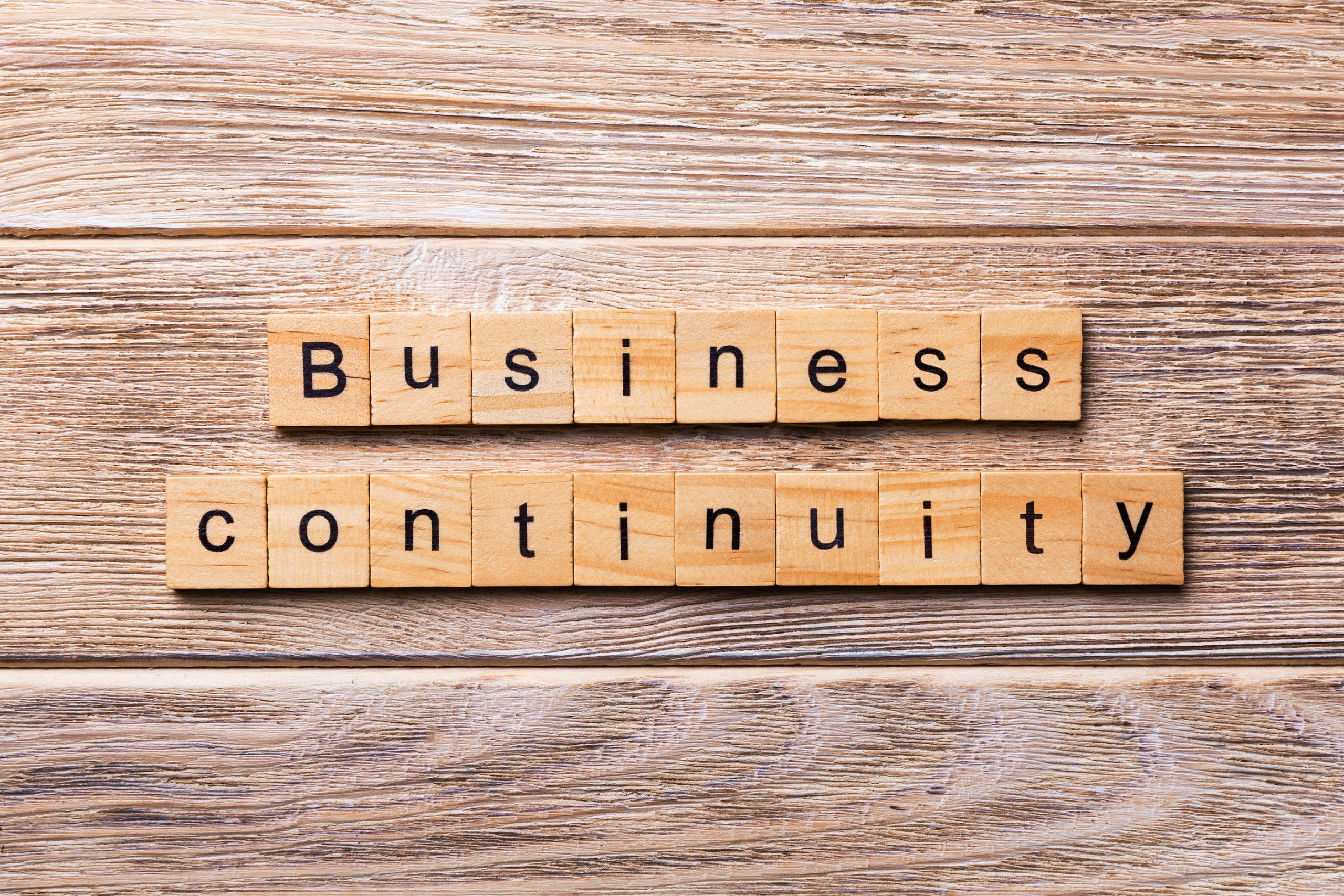The COVID-19 crisis had many Charlotte area businesses rethinking their business continuity plan (or lack of one). It illustrated the need to be prepared for anything, including major unexpected changes in how we work and live.
Those companies that had a “plan B” in their business continuity plan for having to work outside their office for any reason (hurricane, fire, etc.) were able to adjust much more quickly to the pandemic lockdowns and keep their business operational.
Businesses without a plan, ended up scrambling to adjust, hitting bumps they needed to smooth out along the way.
In a survey of North American and international companies, only 35% were confident that their current systems had them prepared for a crisis. The rest, realize they need to make adjustments now to prepare them for the next unexpected catastrophe if they want to keep their business resilient.
Business continuity planning can seem like a daunting task. But if you take it in stages, it can be easier to manage and can ensure that you have that “plan B” when you need it as well as the systems to carry it out.
Planning for the Next Big (or Small) Disaster
Planning for the expected, unexpected, and at times, inevitable, is crucial if you want to ensure your company can withstand events that cause work stoppages or potentially destroy your physical office.
According to FEMA, 40% of small businesses never reopen after being hit with a disaster and of those that do, 25% of them end up closing within a year.
By ensuring you have a strong business continuity plan in place, you can become the exception and ensure your company is agile enough to withstand any number of potential disasters.
Here are the steps to simplify the process of disaster preparedness and business continuity planning.
Step 1: Impact Analysis
Your first step in business continuity planning is to identify the types of events that could impact your business and how they would impact it.
This includes both small impacts, like a 24-hour power or internet outage, and large impacts, like a pandemic. You want to identify any type of event that could harm your business or cause operations to be interrupted or stopped.
These include things such as:
- Ransomware infection
- Data breach
- Natural disaster
- Government stay-at-home orders
- Storms causing a power or internet outage
- Fire or other building damage
- Theft of equipment
- Unexpected loss of a key supplier
Each of these things won’t impact you in quite the same way, so you should prioritize them according to severity of impact, which will help you with knowing which to budget for first.
Step 2: Strategies for Recovery
Next, you want to develop recovery strategies (your “plan Bs”) for each potential impact scenario. Some scenarios will have a similar strategy, for example a tornado or fire that destroyed your building would include similar recovery efforts.
Other types of catastrophes will have unique recovery strategies, like what would be required in the event of a data breach.
You want to be detailed in the recovery steps that would be needed to overcome a certain event and include the software tools, personnel, vendors, and other assets you’d need for a quick recovery.
Step 3: Gap Analysis
In this step, you want to look at what tools are needed in your recovery strategies and what tools you actually have right now, and do a gap analysis.
For example, you might determine that to allow customers to easily reach you if for any reason your team had to work outside the office, you need a VoIP phone system.
If you’re currently using landline phones, then that would be a gap you’d need to fill in order for your business continuity plan to be effectively.
The gap analysis helps you determine which expenditures you need to make to put the systems in place to protect your business in the case of a disaster.
Step 4: Plan Development
In the planning stage, you’ll be putting together detailed instructions on how to carry out a recovery plan for each disaster scenario you’ve identified.
You’ll want to include things like:
- Who is responsible for which part of a plan
- How people should communicate during the crisis
- Which vendors need to be contacted to help with recovery
- Where to find business continuity plan instructions
The plan will also include your budget for putting any needed systems in place and timeline for doing so according to the priority of impact of each event.
Make sure your plan is communicated throughout the organization and everyone knows where to find it and what their responsibilities are.
Step 5: Testing & Updating
As many companies realized when the pandemic hit, there can always be events that come up that you never envisioned. So, you need to keep your business continuity plan updated. It should evolve as technology, your business needs, and world events evolve.
You also want to test the steps in your business continuity plan regularly by having drills. Testing not only helps you uncover anything you may have missed, but also helps employees become familiar with the steps. This way they’ll be able to carry them out more quickly and with more confidence during an actual emergency.
Get Help Putting a Solid Disaster Recovery Plan In Place
From data backup to flexible cloud solutions, Rocky Knoll Technologies can help your Charlotte area business put a solid business continuity strategy in place and be ready for anything.
Contact us today to schedule a consultation. Call 704.594.7292 or reach us online.



